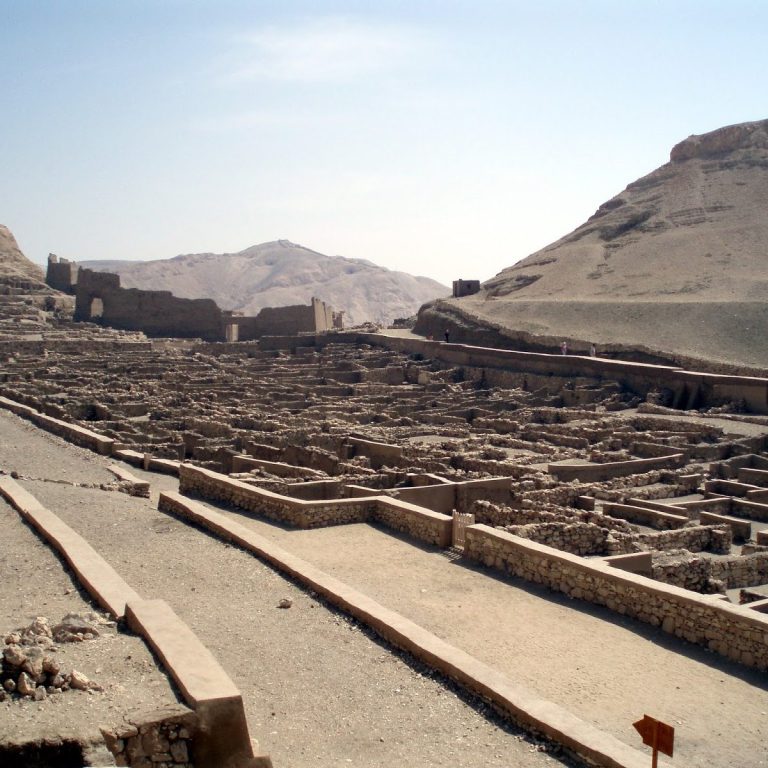
Steep commute gave ancient Egyptians workers osteoarthritis
Commuting to work can be a real pain, and it was no different in ancient Egypt.
About 3500 years ago, the artisans who dug out and decorated the rock-cut royal tombs in the Valley of the Kings—the burial ground of Egypt's New Kingdom pharaohs—had to walk about 2 kilometers from their homes, over the Theban hills, to the royal necropolis for work.
It was a steep climb, repeated week after week for years, leaving them suffering from osteoarthritis in the knees and ankles, according to a new study.
Science Magazine
November 22, 2016
© Garry J Shaw
Egyptologists already knew a great deal about the village where the workers lived—Deir el-Medina, in modern Luxor—because of the vast amount of written material found there in the early 20th century. But they had paid little attention to the physical remains of the artisans and their families, found interred in tombs beside the village, their bones commingled after thousands of years of robbery.
This has now changed thanks to research undertaken by Anne Austin, an osteologist and Egyptologist at Stanford University in Palo Alto, California.
Related articles
The Art Newspaper
- Colossal kings rebuilt in Luxor (April 2014)
- Egyptian princess sculpture unearthed in Luxor (March 2014)
- Exploding volcano mural could be world's oldest landscape (January 2014)
Rawi: Egypt's Heritage Review
- Looking Great for Eternity: Egypt's Predynastic Cosmetic Palettes (June 2015)
- The Curious Tale of King Seqenenre Tao (July 2013)
Science Magazine
- Stone-age Italians defleshed their dead (March 2015)
Current World Archaeology
The Independent
- Egypt's desert whales (June 2012)